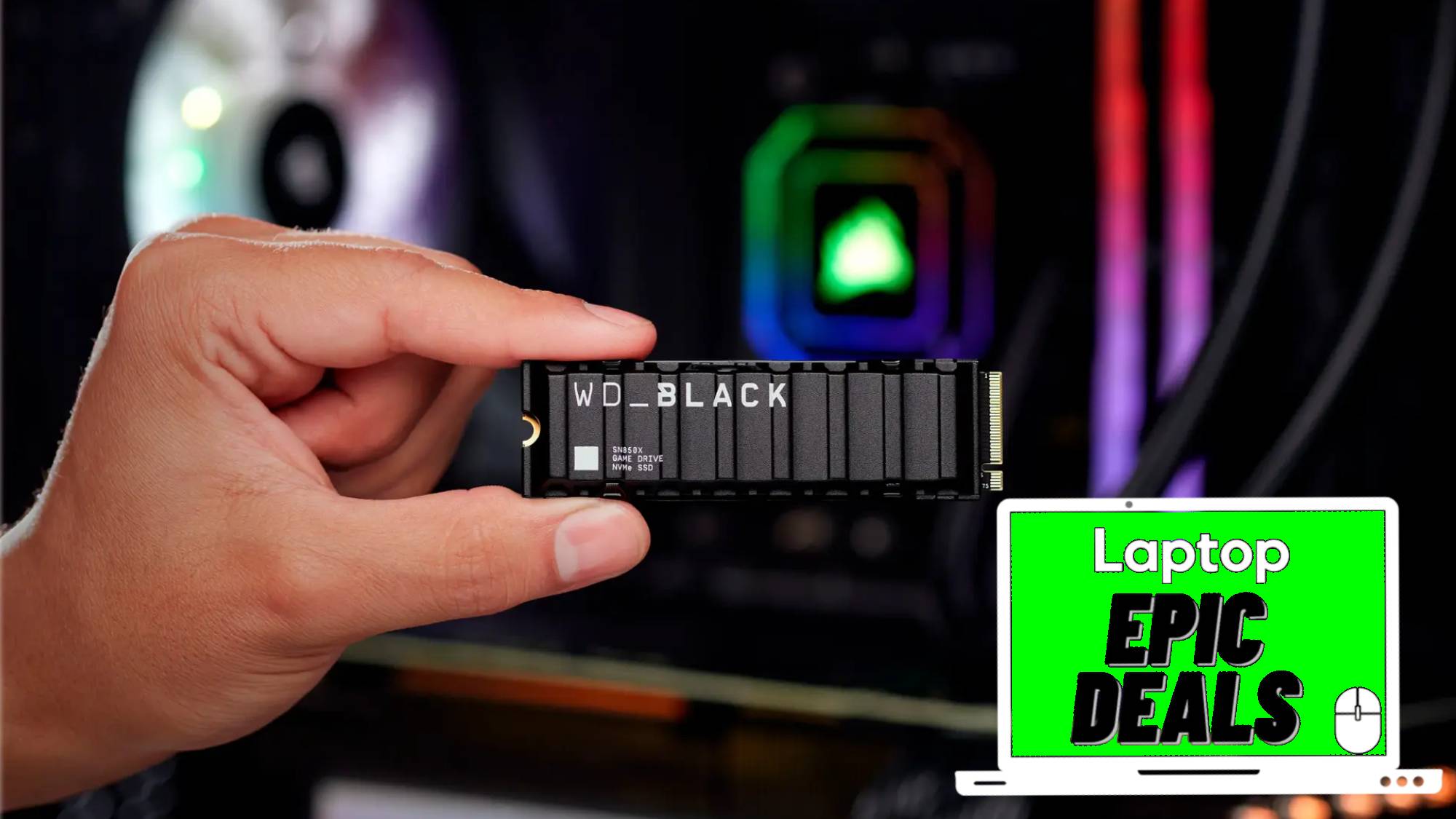Best screenwriting software in 2021
Jumpstart your authorial career with the most popular, functional, and affordable screenwriting software

It’s a challenging time for aspiring artists, but for anyone interested in trying their hand (so to speak) at the written word, the best screenwriting software is only a few clicks away. For my part, all this extended isolation during the COVID-19 pandemic has allowed me to recalibrate my home office, optimize my creative writing studio, and restructure my entire daily/weekly routine. That restructuring, however, involved reassessing my freelance writing hustle, which inevitably led to the revaluation of my writing tech — and the accompanying software. Long-story-long: every writer’s journey is different, and each journey requires the proper tools.
After poring through myriad screenwriting platforms, I ultimately purchased Final Draft 11 for my own screenwriting aspirations; the product has become practically synonymous with the entertainment world, from a writer’s perspective. Final Draft is almost universally recognized by the TV and film industry — the software is on its 11th iteration, after all — and for good reason. Robust scene templates make formatting a cinch, and the live collaboration features make group projects far easier to work on together (especially now).
- The best mechanical keyboards are downright essential for writers of any genre
- The best gaming keyboards are also the best writing keyboards
- The best standing desks add holistic health to your writing practice
As an aspiring writer, why should you care about dedicated screenwriting software? Well, it wasn’t so long ago that clunky, clickety-clack typewriters dominated the entertainment industry, and screenplay writers were simply expected to memorize the proper editorial format. (While simultaneously churning out top-notch scripts, of course. No pressure.) Now that we have laptops and tablets doing all the heavy lifting, the best screenwriting software lets you focus on what’s most important: being creative.
That being said, $200 (or more) is a hefty entrance fee to the rock-em-sock-em multiverse of long-form storytelling, and there are plenty of free (or cheap) screenwriting software options if you know where to look.
The best screenwriting software you can buy today
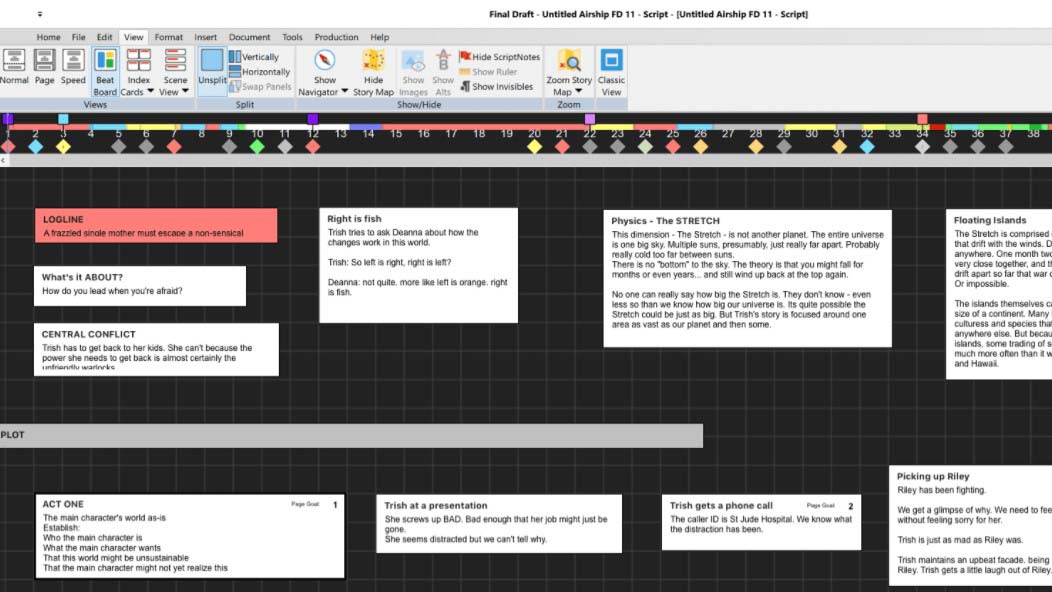
1. Final Draft
Reasons to buy
Reasons to avoid
If you’re ready to invest in dedicated screenwriting software that already means business, Final Draft has become the boiler-plate standard within the entertainment industry, and it’s an invaluable tool for screenwriters, producers, and filmmakers on every level. The submission-standard formatting structure is accepted worldwide for various screenplay contests, in addition to the Writer’s Guild of America.
300+ templates will get those creative synapses snapping faster, and the drag-and-drop interface is easy to navigate; you can even illustrate your story with pictures and photos along the way. (Nevertheless, if you’re new to screenwriting software, there will be a definite learning curve. Take some time to settle in.)
Showbiz is all about remote collaboration these days, and Final Draft lets you work in real time with fellow Draft-ers; the latest update adds enhanced brainstorming features to help you visualize, tag, and customize your writing environment on the fly. The refined Beat Board also lets you organize your ideas in a more comprehensive way, and the new story map connects those ideas to your script. If you’re upgrading from a previous version, it’ll cost you $100 per license, which may or may not be worth the splurge, depending on how you use these features.
If you’re serious about screenwriting, you can’t go wrong with Final Draft. It’s the most comprehensive screenwriting software you’ll find on the market today. The biggest downside is the price; as of this writing, the latest version is on sale for $199, down from $249.
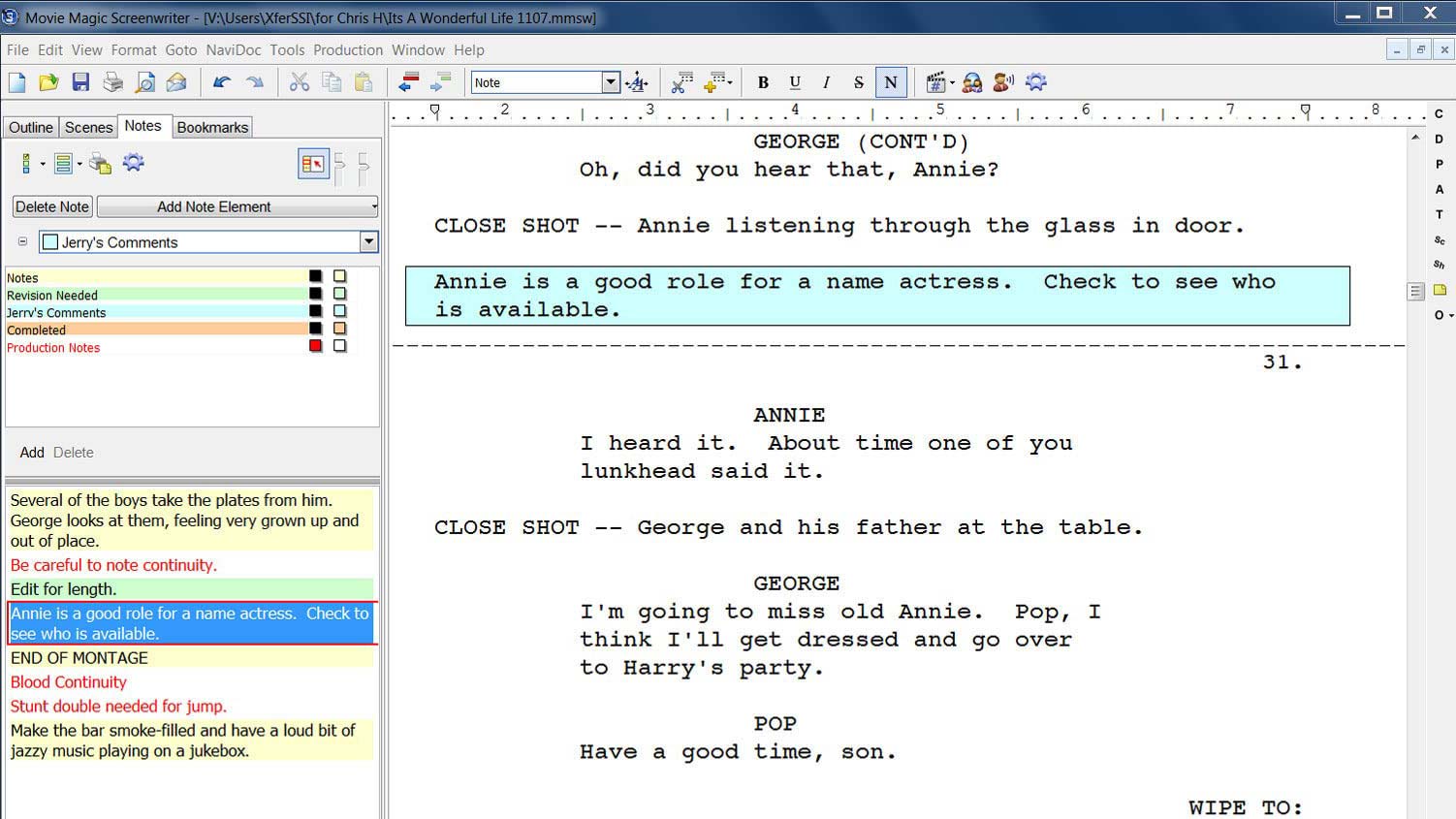
2. Movie Magic Screenwriter
Reasons to buy
Reasons to avoid
For starters, Movie Magic Screenwriter is less expensive than Final Draft (and nearly as well-known), but that’s not the only reason to give this award-winning screenwriting software a gander. Handy note-taking tools make it easy to jot down spontaneous ideas, and the outline view is great for keeping track of (color-coded) characters, scenes, and plot points.
Movie Magic Screenwriter comes loaded with 100+ useful templates (screenplays, TV scripts, novels, comic books), so proper formatting is never a concern for your next big submission. This screenwriting software doesn’t skimp on collaboration, either, and the text-to-speech feature lets you hear your lines out loud, which is an excellent way to help visualize any given scene. Movie Magic Screenwriter is Mac- and Window-friendly, and it’s endorsed by the Writer’s Guild of America, to boot.
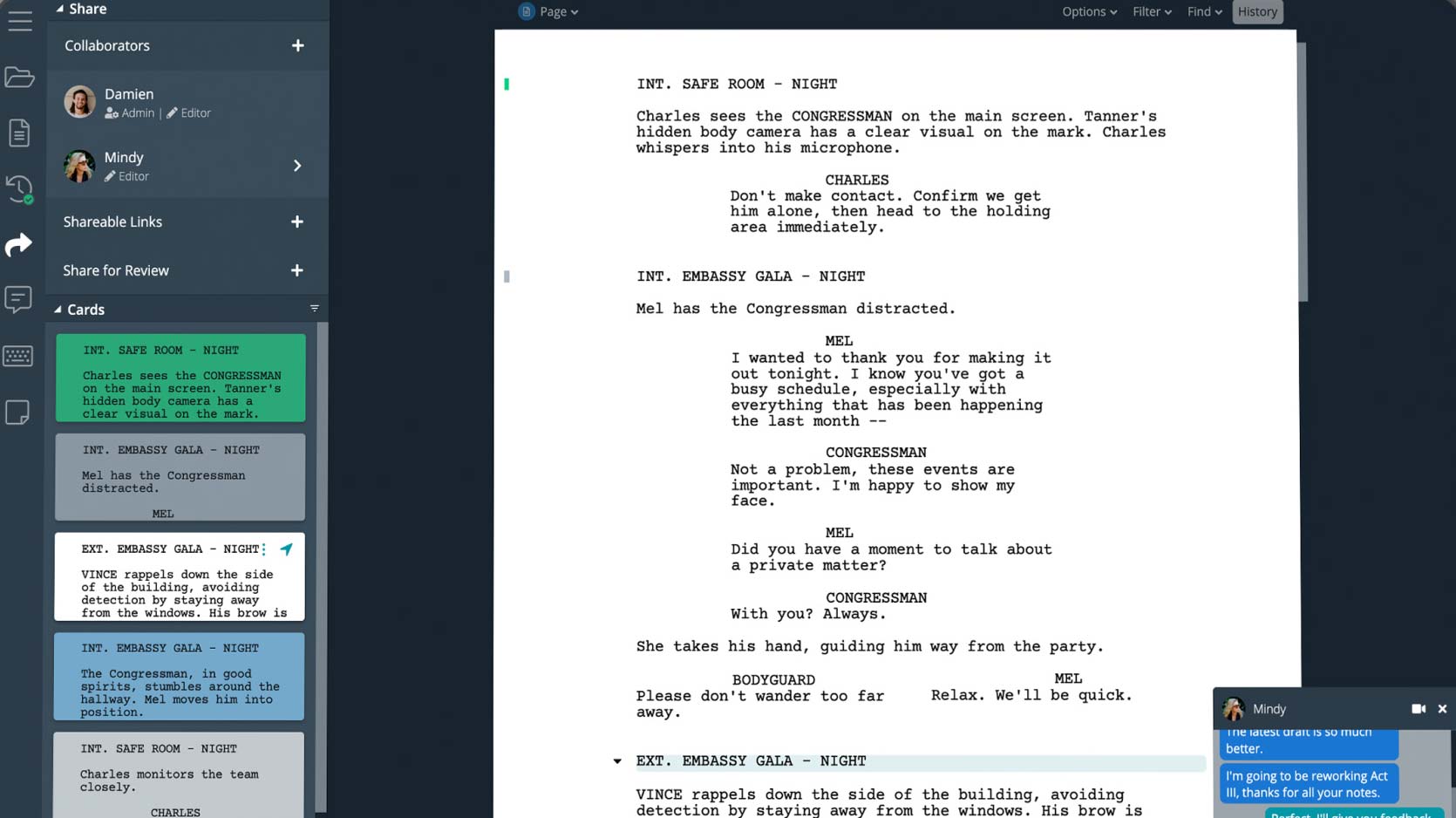
3. WriterDuet
Reasons to buy
Reasons to avoid
Speaking of collaboration, creative writing teams are bound to appreciate WriterDuet, which is ideal for group projects (not to mention back-end production). This cloud-based software removes the bloat of other dedicated writing platforms, making it easy for everyone to instantly access, organize, and execute ideas wherever they have Wi-Fi. (There’s even a mobile app to edit scripts when you’re on the move.)
Designed specifically for Chrome browsers, WriterDuet supports both TV and stageplay standards, and you can import preexisting scripts in a variety of formats (PDF, FDX, Word, Celtx, Adobe, and more). This software excels at real-time collaboration, too. The free version is surprisingly functional, but there are three monthly memberships to expand said functionality: Plus, Pro, and Premium.
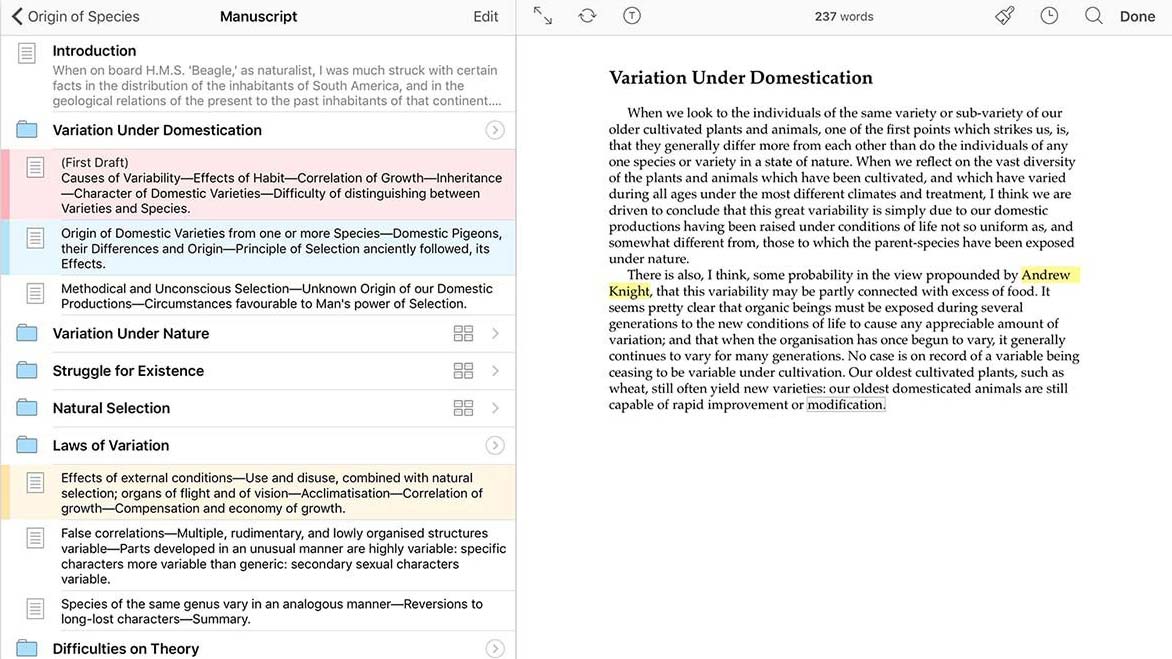
4. Scrivener
Reasons to buy
Reasons to avoid
If your next project involves turning a novel into a script, Scrivener is worthy of your consideration. Not only is this software cheaper than other offerings on this list, but it plays well with Microsoft Word, too. The interfaces are, in fact, remarkably similar, as are their formatting options. The organization and editing tools aren’t nearly as robust as Final Draft, but Scrivener does a great job of taking larger pieces of work and breaking them down into bite-size chunks; it’s easy enough to flip back and forth between different pages you’re working on.
Scrivener isn’t just for screenwriting, either. It’s a full-blown word processor that can be used by novelists, screenwriters, non-fiction writers, bloggers, journalists, students...the list goes on. From organization to execution, this software is a top-notch writer’s tool that won’t pinch your wallet too much.
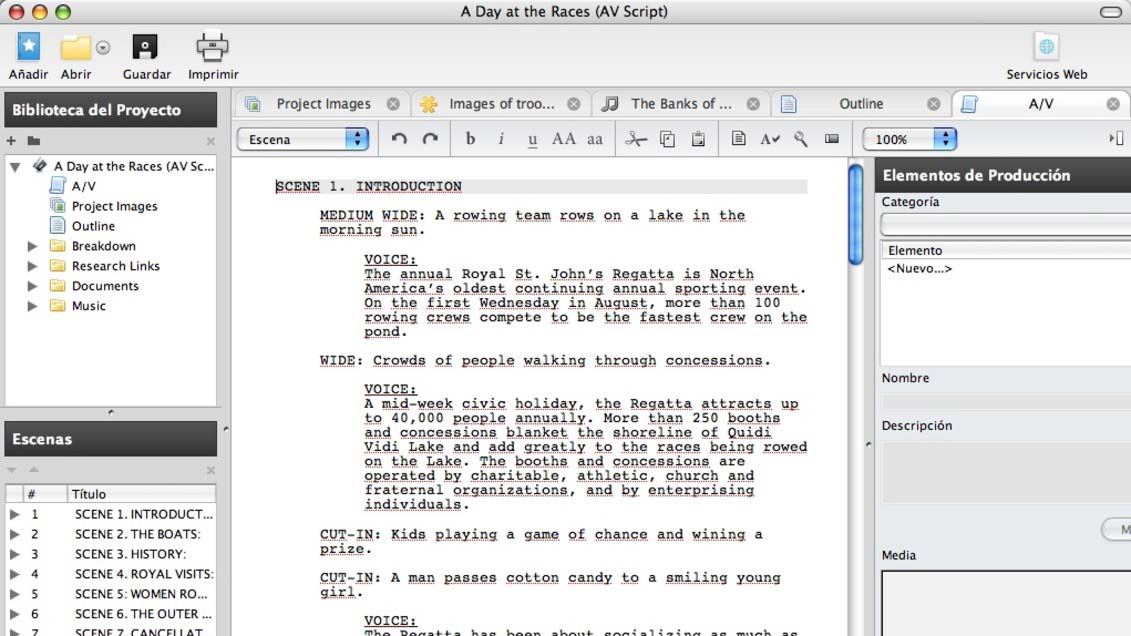
5. CeltX
Reasons to buy
Reasons to avoid
Though this screenwriting software has developed into more of a production management platform since its first inception, that doesn’t mean CeltX isn’t a great writing tool. As a subscription-based service, all your scripts are stored in the cloud, which makes them easy to access from multiple collaborators; you can even organize shooting dates to keep everyone on the same page. (Pun intended, of course.) From storyboarding to revision tracking, CeltX has you and your team covered.
When it comes to script creation, however, Final Draft and WriterDuet are better for duplication tools and importing/exporting various file formats. But if you’re working with an existing script, you’ll find there’s plenty to like about CeltX’s feature set. This is an excellent option for film students and budget-conscious screenwriters who work on a contract-to-contract basis.
Bonus: If you’re working professionally with an agent, manager, or other industry insider, CeltX offers progress reports as your project moves forward.
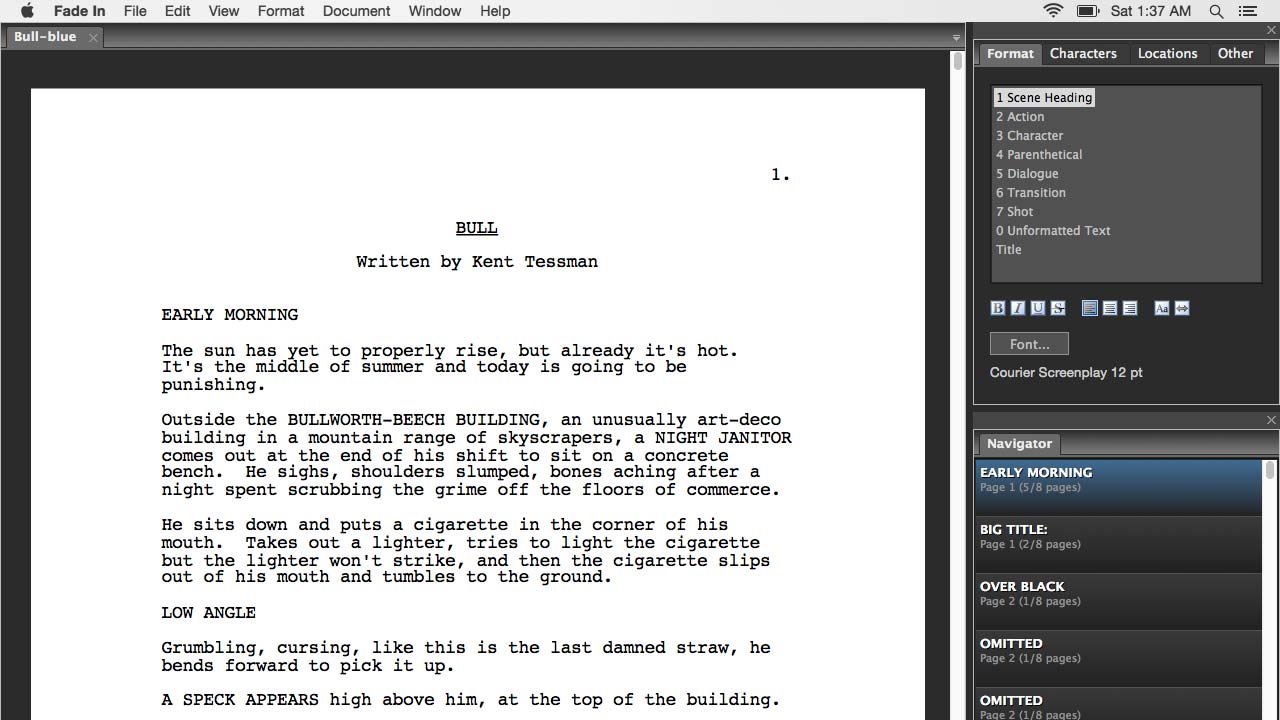
6. Fade In
Reasons to buy
Reasons to avoid
Another affordable alternative to Final Draft, this screenwriting software is starting to see more adoption across the industry. It may not be quite as robust as some software offerings on this list, but it’s still plenty capable. Fade In is compatible with Windows, Mac, iPhone, and Android machines, with lots of baked-in support for a variety of file formats.
Whether you’re working on a radio play, movie, or video game script, Fade In provides writers with a wide array of useful tools, such as index cards, templates, revision tracking, and distraction-free writing mode. Best of all, it won’t break the bank for (already) struggling writers out there.
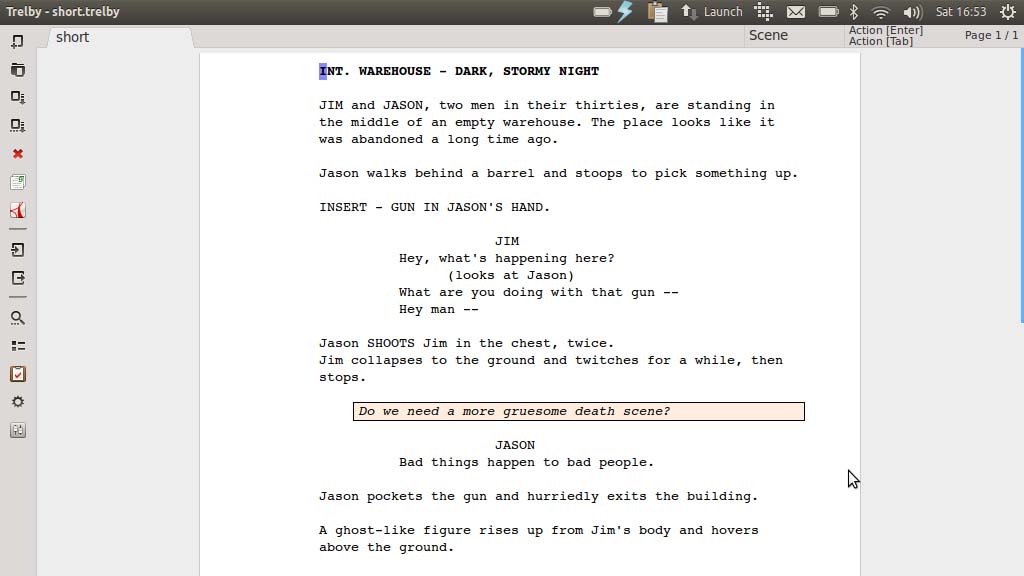
7. Trelby
Reasons to buy
Reasons to avoid
It’s not easy to find quality software that’s truly no-strings-attached free, but that’s exactly what you get with Trelby, the open-source screenwriting software that’s infinitely tweakable based on users’ individual needs. Trelby boasts a broad range of customizable support, which includes built-in autocomplete, spellcheck, and scene/location/character/dialogue reports.
Knowledgeable coders can modify this software at will, but even novice users will have no problem navigating Trelby as is thanks to a refreshingly intuitive interface. You can import Final Draft, CeltX, Fountain, and Fade In Pro files directly into Trelby, and the software behaves identically across Windows and Linux systems.
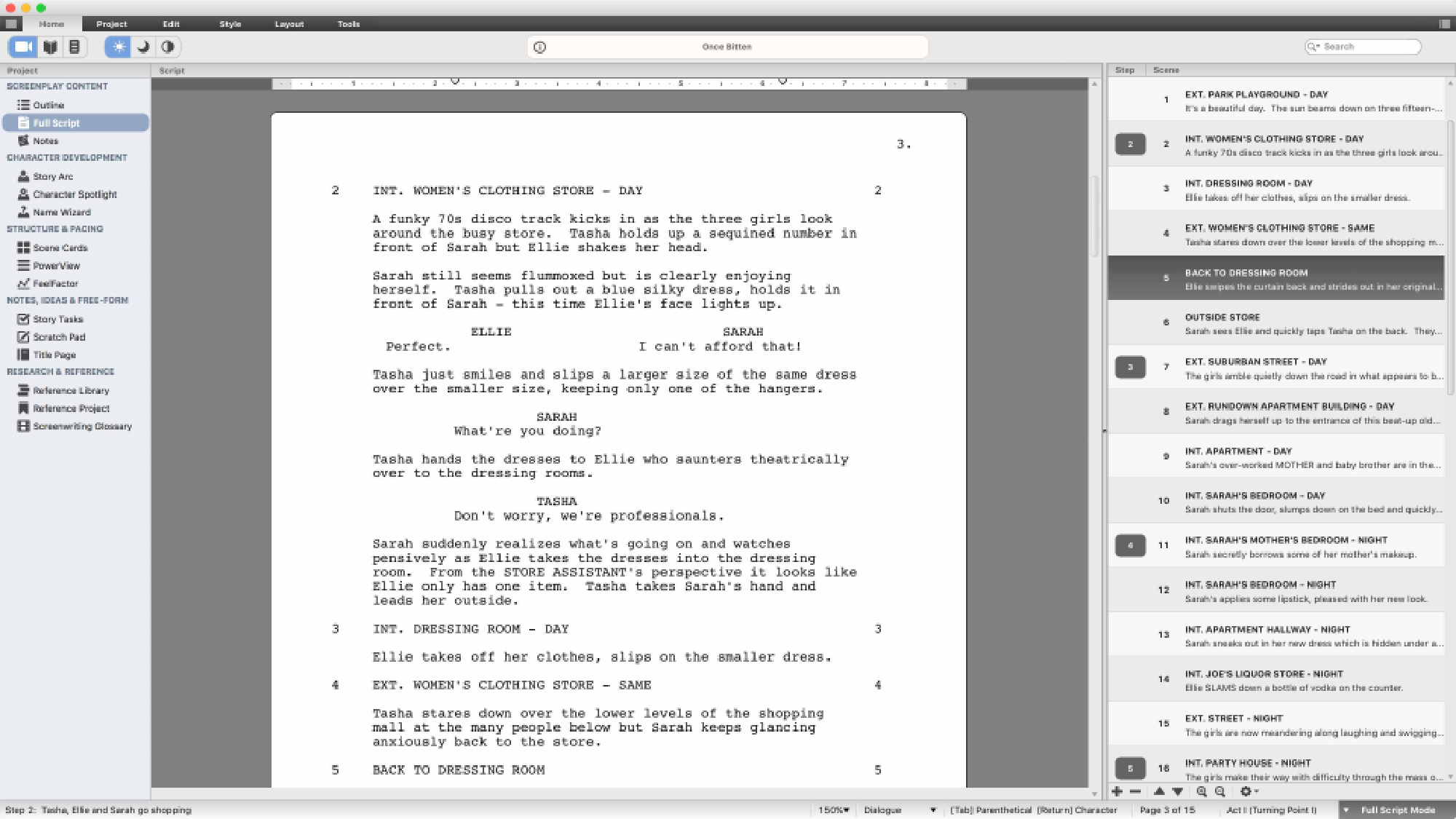
8. Script Studio
Reasons to buy
Reasons to avoid
Whether you’re an aspiring screenwriter, playwright, or novelist, Script Studio is here to help with a variety of handy templates for your next writing project. Thanks to industry standard script formatting — complete with dynamic keyboard shortcuts and autocomplete functions — this writing software helps you break stories down into easy-to-edit chunks, allowing your creative noggin to focus on character development and overall plot organization. At $200, it’s certainly more expensive than other competitors on this list, but if you’re in the market for dedicated writing software, the app’s clean, professional interface offers a lot of bang for your buck.
The Night Mode option, for example, is a nice touch for longtime insomniacs like myself; you just never know when the muse might strike. The Movie Reference Library is also handy, allowing you to compare your own script against professional projects such as Die Hard, When Harry Met Sally, and Spider-Man. Wondering how your dialogue sounds out loud? Script Studio’s text-to-speech tech lets you create different character profiles, complete with unique voices to play each part. You won’t find as many bells and whistles as Final Draft has under the hood, but overall, it’s a comprehensive writing tool in a sleek package.
- Brainstorm ideas on the fly with the reMarkable 2 tablet
- Keep telling stories with the best video editing software
- Collaborate to the max with the best video conferencing apps and software
Stay in the know with Laptop Mag
Get our in-depth reviews, helpful tips, great deals, and the biggest news stories delivered to your inbox.

As a freelance journalist, TJ has over a decade of multi-medium storytelling under his belt. Leveraging a quarter century of collective coddiwompling amid the ever-evolving landscape of wireless gadgetry, his unique editorial background allows him to explore a variety of tech-centric subsectors on this fascinating planet. When he's not field testing new gear in the Catskills, Adirondacks, or an actual field, he can be found sipping Negronis in his living room and crafting Dr. Seussian poetry inside a tattered moleskin.
